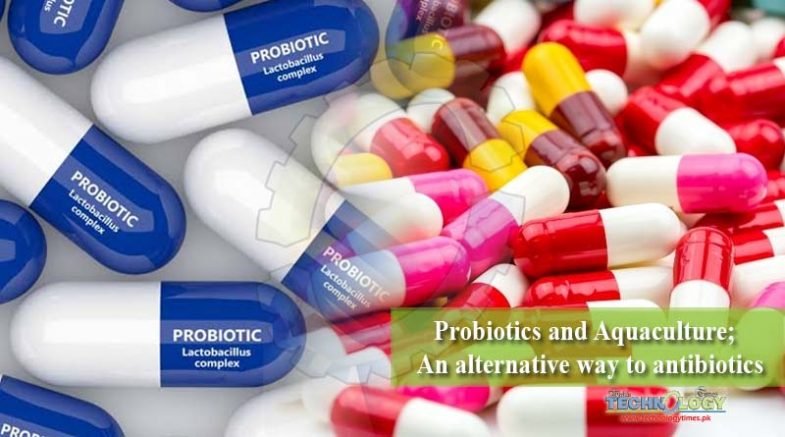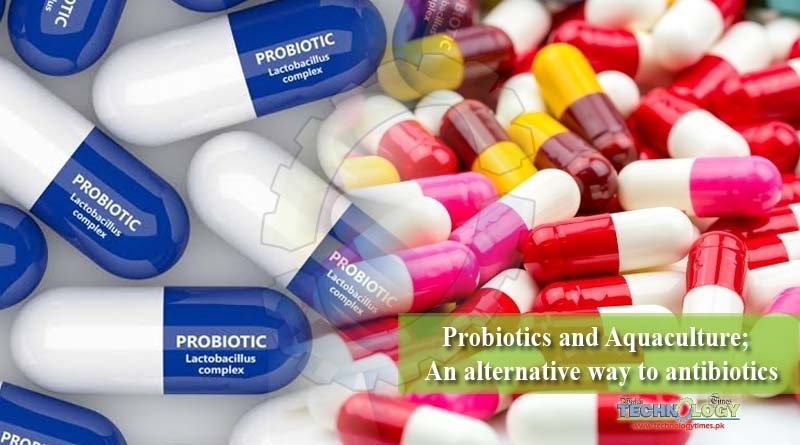Author: Dr. Muhammad Ashraf
Co Author: Dr. John Abbas
Aquaculture is the farming of aquatic organisms by intervention in the rearing process to enhance production and private ownership of the stock being cultivated.
 Compared to fishing, this activity allows a selective increase in the production of species used for human consumption, industry or sport fishing. Due to over fishing of wild populations, aquaculture has become an economic activity of great importance around the world.
Compared to fishing, this activity allows a selective increase in the production of species used for human consumption, industry or sport fishing. Due to over fishing of wild populations, aquaculture has become an economic activity of great importance around the world.
Aquaculture’s contribution to world food production, raw materials for industrial and pharmaceutical use, and aquatic organisms for stocking or ornamental trade has increased dramatically in recent decades. Research has shown that 76% of antibiotics used in aquaculture are for humans and six classes are on the WHO list of critically important antimicrobials. Their indiscriminate use in the last two decades has given rise to dire consequences. Among these are the prevalence of antibiotic resistant microorganisms and imbalance in the gut microbiota, which affects fish health and residual deposition in the fish muscle: a potential health risk to consumers .
Probiotics are living microbial cells (although heat-inactivated versions have been shown to retain benefits for the host). Although probiotics were initially used for disease control, their use in aquaculture has now extended to improving fish growth and reproduction through addition to the body of water or feed. Probiotics function by acting as nutrient sources, providing enzymes for better digestion, modulating the immune system and increasing the immune response against pathogenic bacteria.
The most common probiotics used in aquaculture include lactic acid bacteria such as Lactobacillus-sp, Bacillus-sp, Enterococcus-sp, and yeast, Saccharomyces cerevisiae. The concept is simple feed adequate amounts of microbes to the organism to modify the gut microflora and replace harmful microbes with beneficial ones.
The effect is multipronged. By populating the gut, these exogenous bacteria compete with pathogens, preventing their adhesion to the intestinal wall, limited access to nutrients and secreting antibacterial substances such as bacteriocinis and organic acids. In terms of promoting growth, the proliferation of friendly microorganisms increases digestive enzymes, such as proteases, amylases and lipases, in the gut leading to improved digestive processes and nutrient utilisation.
List of some commercially available Probiotics
- Aqualact
- Bio fish
- Probio aqua
- Bio marine
Conclusion
It is evident that the benefits accorded by probiotics make it a viable alternative to the use of antibiotics and chemicals. However, adopting probiotics in large-scale aquaculture poses logistical problems. Their effectiveness is dependent on factors such as the proper management of strains, necessary provision of dosage and ensuring bacterial stability during production and storage, which potentially reduces the number of viable organisms. Furthermore, concerns about the safety of strains and the transmission of antibiotic resistance and virulent plasmids are issues that cannot be ignored.
One alternative to appease the situation is to reduce its inclusion in fish diets by combining it with prebiotics: an approach called synbiotics. Work using Pangasianodon hypopthalmus as a model and live yeast as probiotic, combined with selected prebiotics, showed improved growth performance, digestibility of diets containing high soybean protein and fish health, compared to yeast used alone.
The success of synbiotics in aquaculture remains to be seen. We must bear in mind the high cost of prebiotics, but it may be offset by the reduction in the use of probiotics. In favour of a more sustainable aquaculture industry, it may be a viable option.
